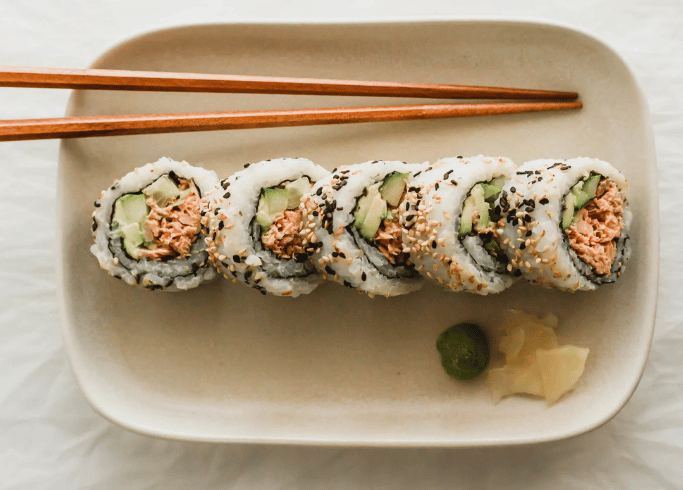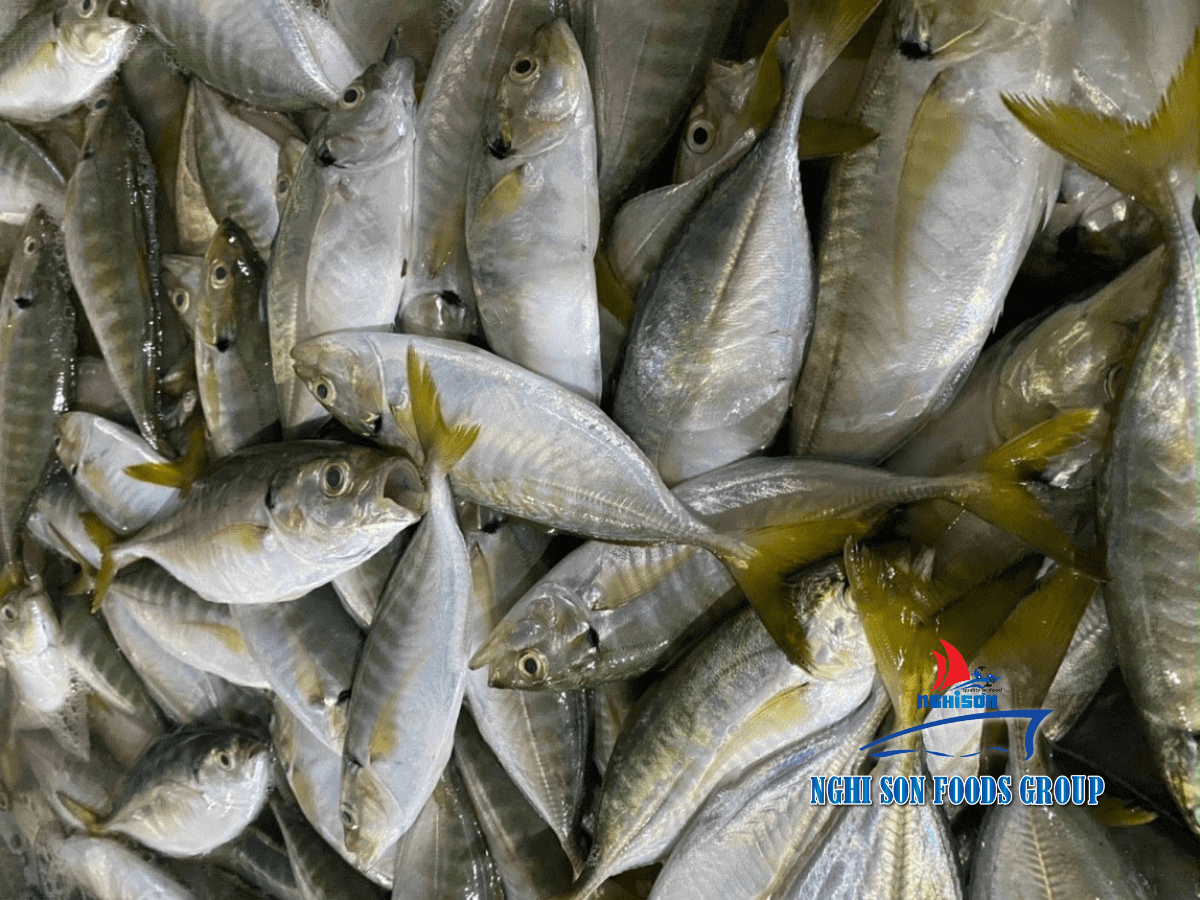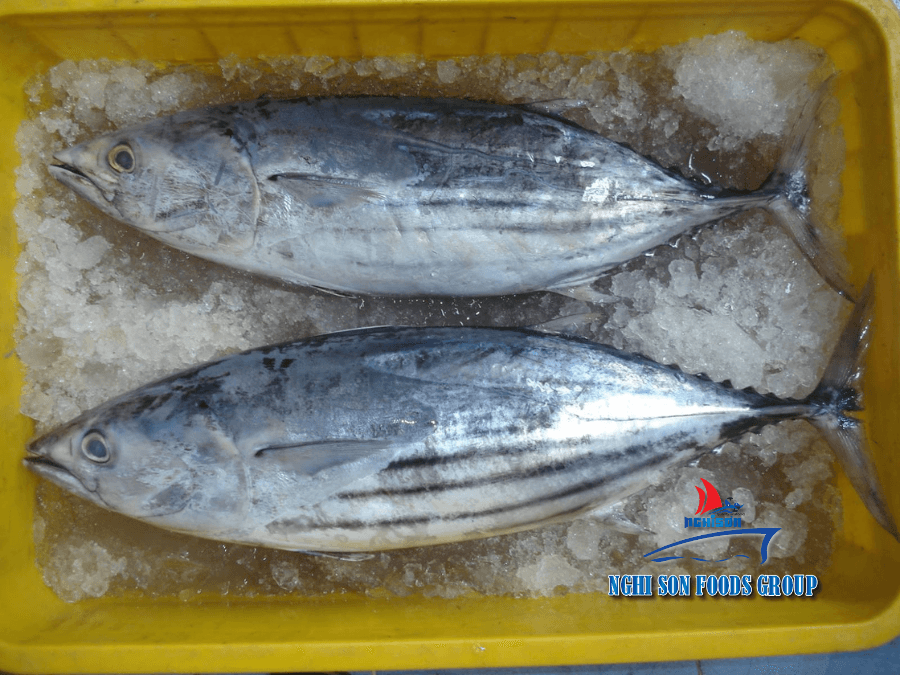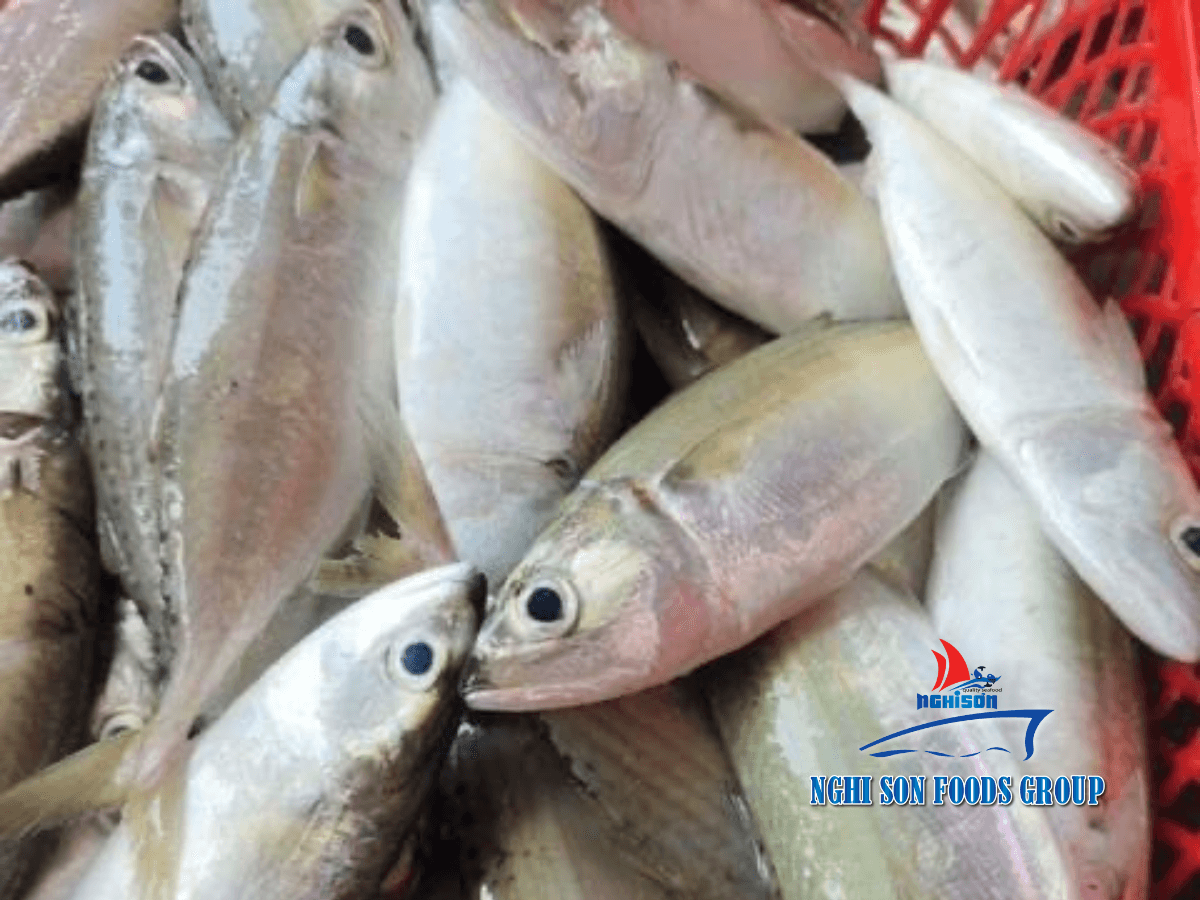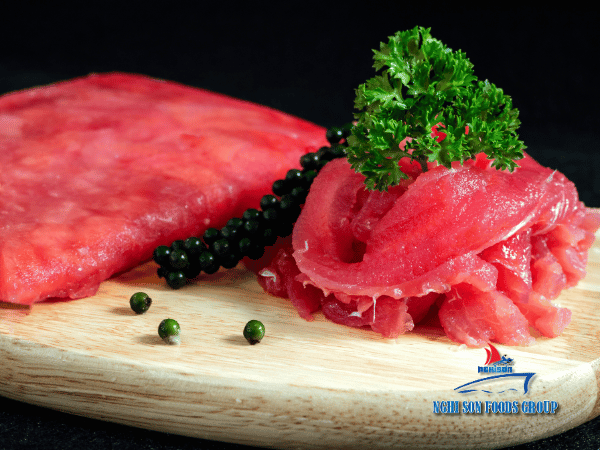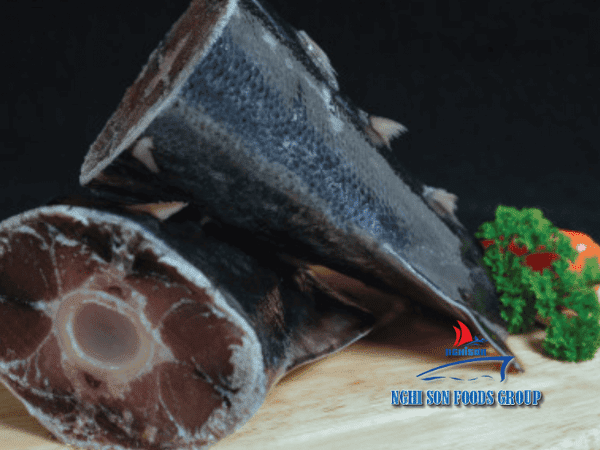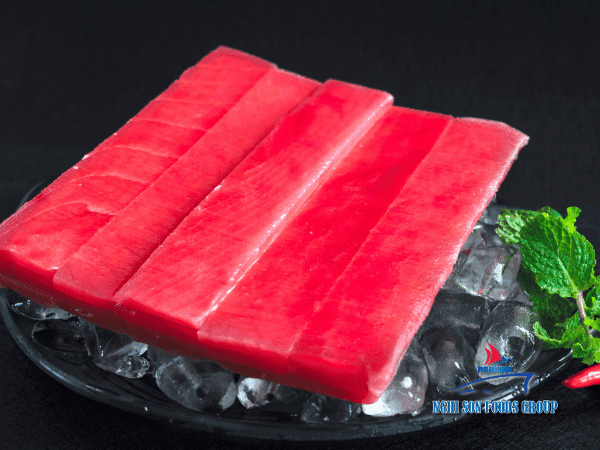In a determined effort to combat the invasive Asian carp, wildlife officials in Golden Pond, Kentucky, employed a unique strategy involving the use of electricity and sound to herd schools of these disruptive fish toward massive nets. This ongoing initiative, taking place on Kentucky Lake, marks a new front in a battle that has been ongoing for the past 15 years. The invasive carp pose a significant threat to aquatic ecosystems, endangering native fish species and decimating populations of endangered mussels and snails throughout the Mississippi River and its tributaries.
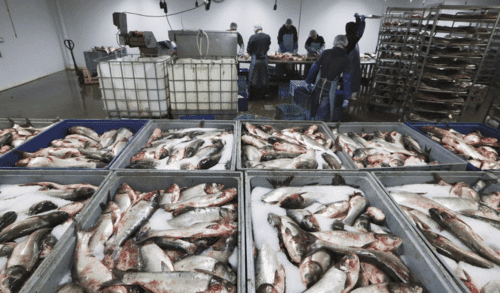
Table of Contents
ToggleThe high cost of fighting asian carp
Over the past two decades, state and federal agencies have spent a staggering $607 million on efforts to halt the spread of Asian carp. This sum is expected to reach approximately $1.5 billion over the next decade as new projects are implemented.
These staggering figures represent more than five times the original cost predicted when a national carp management plan was formulated in 2007. Unfortunately, there is currently no end in sight for the battle against these prolific invaders, as complete eradication may prove to be an insurmountable task.
Focus on the great lakes, neglecting other areas
While much attention has been directed toward preventing the northward migration of Asian carp and their entry into the Great Lakes, less emphasis has been placed on curtailing their spread eastward and westward into rivers such as the Missouri and Ohio.
The potential devastation to the $7 billion fishing industry in the Great Lakes region has led to successful measures, including the construction of an underwater electric barrier near Chicago and DNA sampling to monitor carp presence. However, the threat remains, and sightings of grass carp, a variety of Asian carp, have been reported in Lakes Erie, Ontario, and Michigan.
The origin and impact of Asian carp
Asian carp were originally imported to the United States in the 1960s and 1970s as a means of naturally controlling algae, weeds, and parasites in southern fish farms and sewage lagoons. Their subsequent escape through flooding and intentional stocking led to their rapid proliferation in the Mississippi River.
Today, the term “Asian carp” encompasses four invasive species: bighead, black, grass, and silver carp. Their impacts are far-reaching, with native fish populations suffering due to competition for resources, and boaters facing hazards from silver carp leaping out of the water when startled by boat motors.
Control efforts and encouraging consumption
Despite initial challenges and slow progress, efforts to control Asian carp populations have become more successful. Combination approaches involving mass harvest and commercial fishing have resulted in significant reductions in carp numbers in certain areas.
For instance, on sections of the Illinois and Des Plaines rivers, Asian carp populations have declined by 96.7% since 2012. However, the need for further control measures remains urgent.
While Asian carp are commonly associated with being bony and less favored for consumption in the United States, efforts are underway to change this perception. Entrepreneurs like Angie Yu have sought to create new markets for Asian carp, focusing on Europe and the Middle East for products such as fish dumplings and sausages.
By promoting the consumption of Asian carp, it is hoped that the demand for these invasive fish can be increased, offering a potential solution to their proliferation.
Striving for control and restoration
To address the ongoing spread of Asian carp, Southern states are becoming more proactive in their efforts. Tennessee has appointed its first aquatic nuisance species coordinator, while Kentucky has installed a prototype underwater barrier to prevent carp from passing through a lock at Lake Barkley. These initiatives, along with continued research and innovative techniques, aim to reduce Asian carp populations to manageable levels.
Duane Chapman, a research fish biologist with the U.S. Geological Survey, remains optimistic, believing that it is possible to control Asian carp populations and restore balance to affected waterways. By prioritizing the preservation of native fish species like bass, catfish, and crappie, efforts to combat Asian carp will continue in the hope of reclaiming aquatic ecosystems from these invasive invaders.




